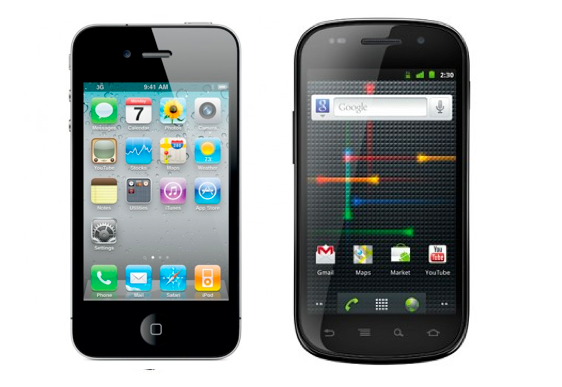Mobile money is hot commodity but cooler than it should be

Global mobile payments will generate $86.1 billion in revenue this year, Gartner forecasts today. That's up 75.9 percent, from $48.9 billion, in 2010.
The big numbers are coming from a relatively small base -- 141.1 million users, up 38.2 percent from 102.1 million last year. That base isn't growing fast enough.
"In developing markets, despite favorable conditions for mobile payment, growth is not as strong as was anticipated", Sandy Shen, Gartner research director, says in a statement. "Many service providers are yet to adapt their strategies to local requirements, and success models from Kenya and the Philippines are unlikely to be translated to other markets".
Conceptually, mobile money/payments should be the killer application for cell phones of all categories. The feature lets cell phone owners store/send/receive money in accounts associated with their mobiles, providing banking and payment features to people who otherwise wouldn't use commercial banks, particularly in emerging markets.
About a year ago, in US State Department presentation, "Tech@State: Mobile Money and Financial Inclusion," Maria Otero, Under Secretary of State for Democracy and Global Affairs, observed that about 5 billion of the planet's nearly 7 billion people have cell phones. However, 1.7 billion cell phone users with low incomes do not have bank accounts. Mobile money could change all that.
Gartner sees "money transfers and prepaid top-ups" -- "killer applications" -- to make up the bulk of transaction volumes. Gartner predicts that this year money transfers and prepaid top-ups will account for 54 percent and 32 percent, respectively, of mobile transactions in Eastern Europe, the Middle East and Africa.
Successes in countries like Kenya are UN show pieces for mobile money's potential success, and its ability to provide people in developing countries who might not otherwise have bank accounts to receive and make payments.
Considering "high penetration of mobile devices and low banking penetration", mobile money/payment growth should be bigger Shen observes. However, there "is no guarantee of success, unless service providers adapt their strategies to local market requirements".
Technology is another problem. Gartner sees SMS and Unstructured Supplementary Service Data (USSD) as remaining the dominant mobile payment technologies in developing markets, mainly because most people use dumb phones, or feature phones at best.
Technology and behavioral change hold up mobile money/payment adoption elsewhere. "In developed markets, companies are trumpeting the prospects of Near Field Communication (NFC) without realizing the complexity of the service model," Shen says. "We believe mass market adoption of NFC payments is at least four years away".
That's a stunning prediction. Several Samsung phones, including the Google-branded Nexus S, already ship with NFC in the United States. Apple's iPhone 5 is rumored to have NFC, but rumors about the company's products often prove to be wrong. Gartner expects WAP to remain the most commonly used technology for mobile payments for some time -- accounting this year for 90 percent of transactions in North America and 70 percent in Europe.
But technology is the smaller problem. "The biggest hurdle is the need to change user behavior by convincing consumers to pay with mobile phones instead of cash and cards", she says. Products like Google Wallet could change behavior, but it's not yet available. Wallet is a mobile payments system Google will launch in conjunction with Citi, Mastercard and Sprint. Simply stated, Google Wallet is an offers and payments system available at the point of sale. In its simplest form, Google Wallet requires a tap to pay the merchant and charge the buyer's credit card. Accept the Google Offer, order and pay.
Mobile spending drives transactions in developed markets. "Thanks to the success of mobile application stores, such as Apple's App Store, and the efforts in driving mobile sales by major retailers, such as Amazon and eBay, merchandise purchases far outweigh other use cases in developed markets, which include North America and Western Europe", Shen says. "We predict that in 2011, merchandise purchases will account for 90 percent and 77 percent of all transactions in North America and Western Europe, respectively".
